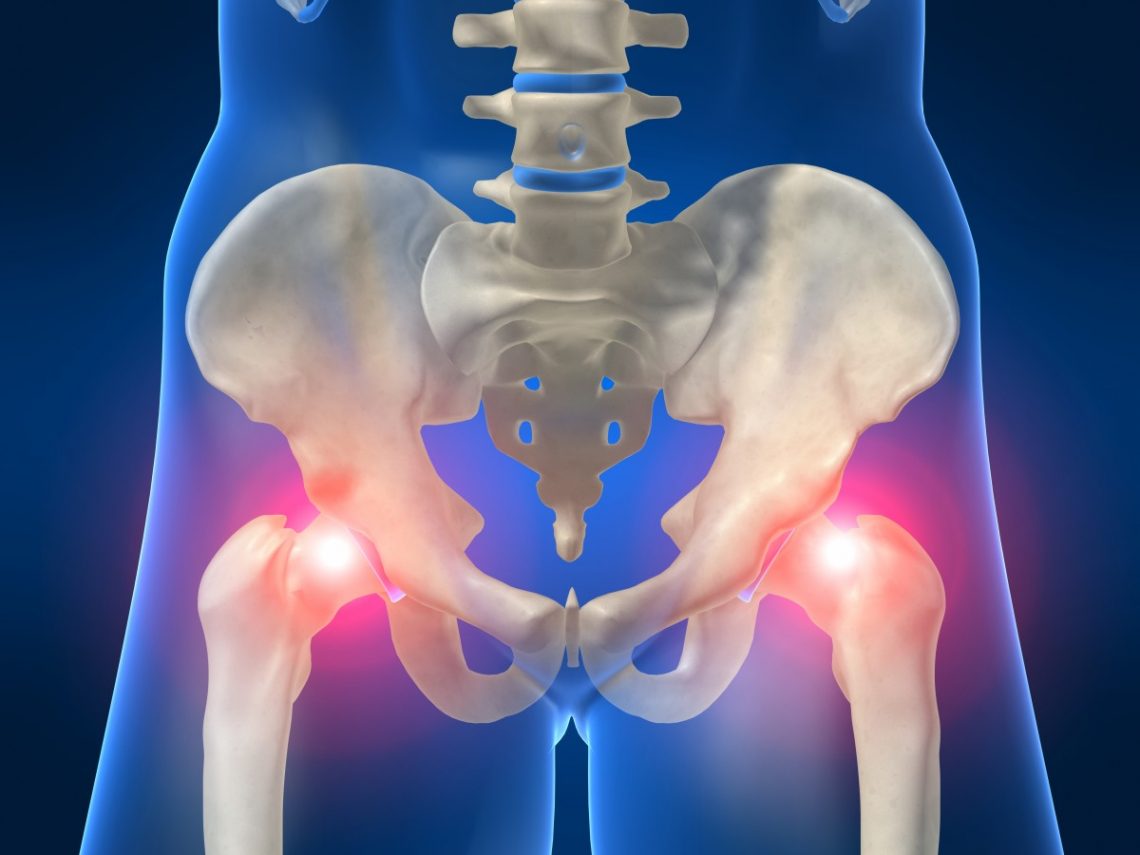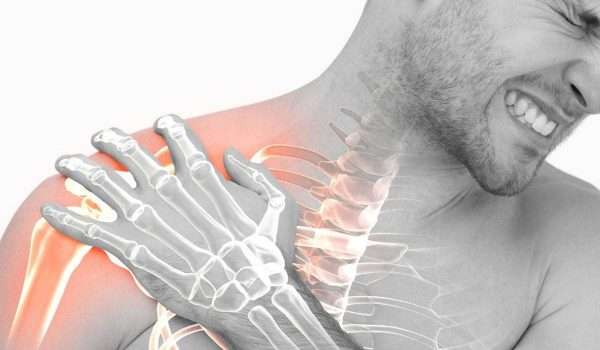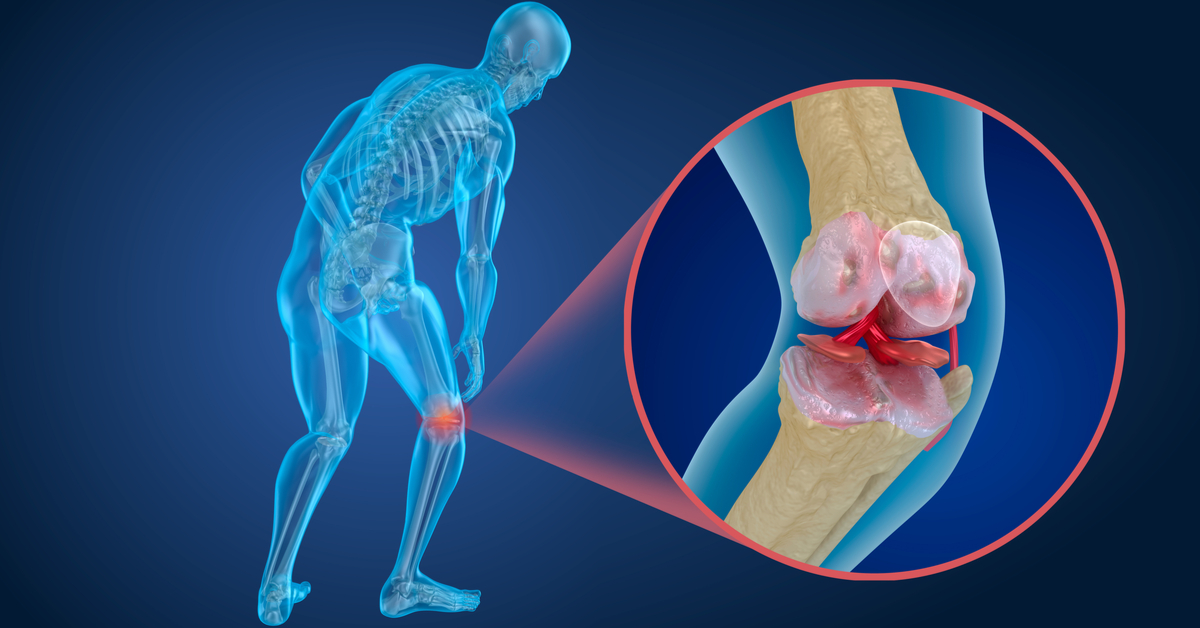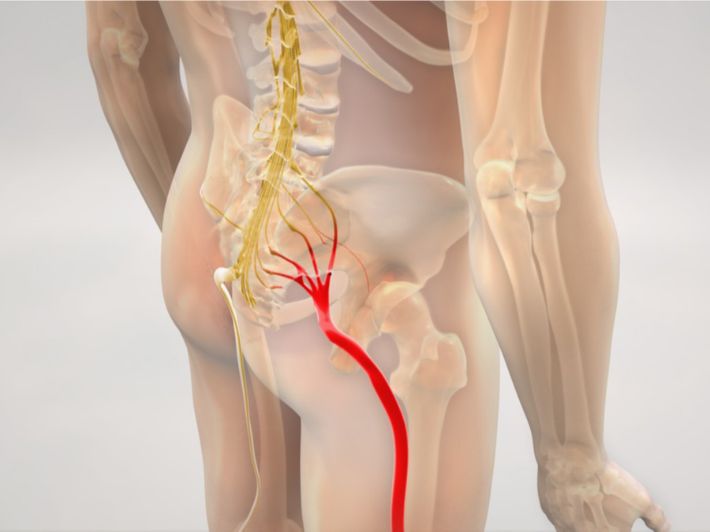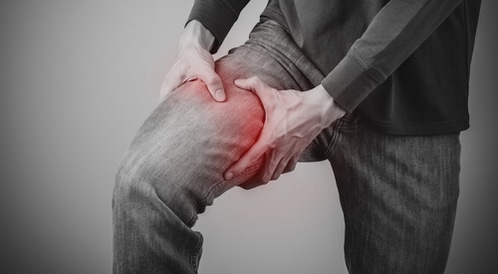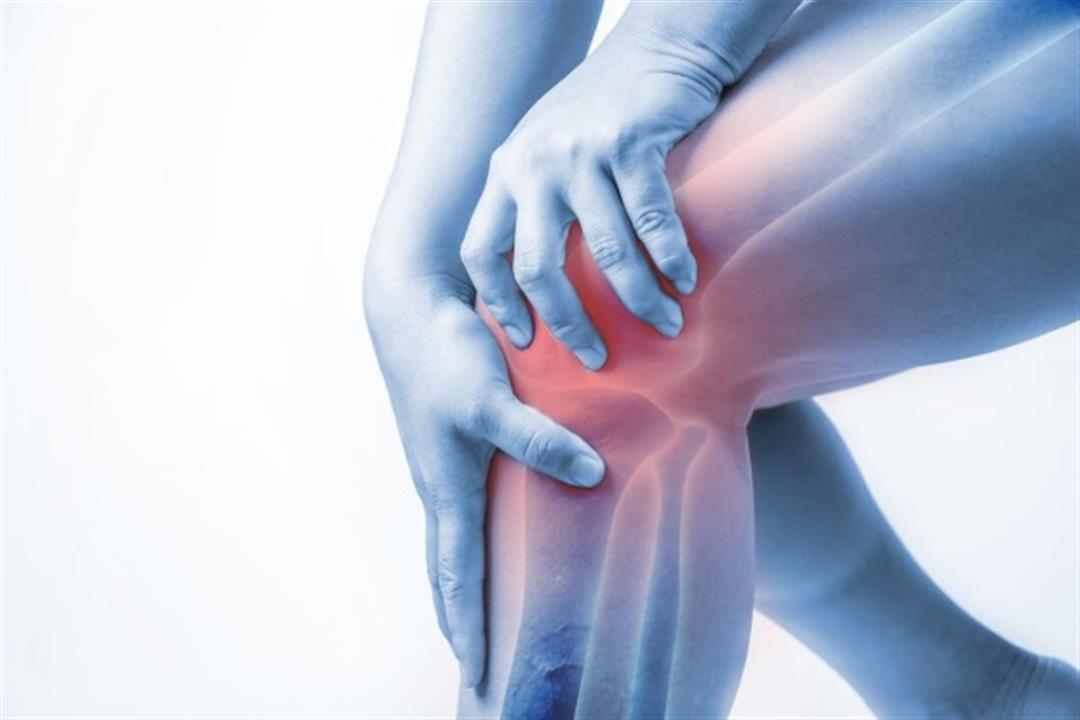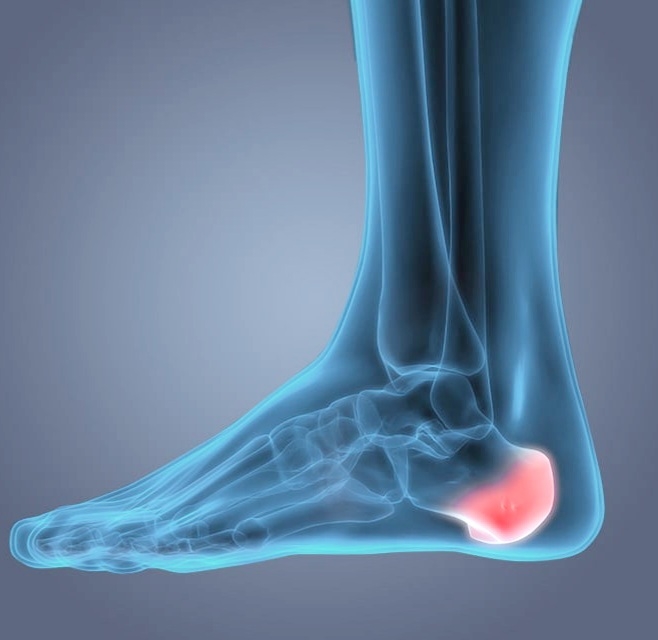Learn about sources of calcium
Calcium is considered one of the most important elements that are very useful for bone health, and suffering from a deficiency in it affects many aspects of an individual’s health, especially bones. In the following article, we will learn about the most important sources from which calcium can be obtained to ensure a stable health condition If you are interested in such a topic, follow the following article with us.

Sources of calcium
Many people believe that milk is the only source of calcium, but on the contrary, there are many sources of it around us on a daily basis without our realizing it clearly, such as:
- Soybeans: Soybeans are very rich in calcium, and most of the time, soy products are made like tofu and soy milk. Every 200 grams of tofu contains 200 milligrams, which is slightly more than what is found in one cup of milk.
- Tahini: which is made entirely from sesame seeds is rich in calcium up to seven times more than normal, and only two tablespoons of raw tahini equal the amount of calcium in a glass of milk.
- Flaxseed: It is considered one of the most important sources that are rich in calcium, in addition to containing an abundant amount of omega-3, and every four tablespoons of flaxseed equal 74 milligrams of calcium.
- Green vegetables: they have a large percentage of calcium compared to calories, but an abundant amount of them is consumed in order to obtain the natural percentage of calcium, such as broccoli, cabbage, beans, and peas.
- Sweet potato: One large sweet potato contains 68 milligrams of calcium, in addition to containing potassium, vitamin A, and vitamin C.
- Sunflower seeds: A cup of sunflower seeds contains 109 milligrams of calcium, in addition to containing magnesium, which balances calcium in the body and promotes muscle and nerve health.
- Legumes and grains: Legumes contain a reasonable percentage of calcium, especially soy and white beans, but most types of grains do not have a high percentage of calcium, such as wheat, barley, rice, oats, millet, and corn, except in some cases where they are improved and a high percentage of calcium is added to them, but due to Because it is consumed in large quantities, it provides the sufficient amount of calcium that the body needs.
Symptoms of calcium and vitamin D deficiency
The symptoms of calcium deficiency in women are not different from the symptoms that appear in men, and the deficiency in vitamin D and calcium in the body of the individual leads to excessive secretion of the parathyroid hormone, and among the symptoms that affect the individual when a deficiency in calcium and vitamin D, and examples of them:
- Osteoporosis and high risk of fractures.
- Children with skeletal deformities known as rickets in children from the age of 6:24 months.
- Suffering from muscle weakness in children and the elderly.
- Exposure to severe muscle pain.
- Feeling tired, exhausted, and suffering from insomnia.
- Dry skin, nails, and hair.
- Infection with some skin diseases eczema, psoriasis, and alopecia.
- Dental problems.
- Getting into a state of depression.
Psychological symptoms of calcium deficiency
At first, no symptoms may appear on the individual when suffering from a calcium deficiency, but when the deficiency is severe, it begins to cause many problems for the individual, and it is not only limited to physical symptoms but there are some effects on the psychological state, such as :
- Depression: Some symptoms of depression begin to appear in those who suffer from a lack of calcium, and for this reason, it is necessary, when noticing the appearance of some symptoms that indicate depression, that the individual performs an examination to identify the percentage of calcium in his body.
- Schizophrenic psychosis: There may be a relationship between suffering from a lack of calcium in the individual’s body and having schizophrenic psychosis, and some analyses must be conducted to confirm this.
- Constant anxiety and discomfort: This may be a symptom caused by a lack of calcium, and in this case, you should focus on eating foods and supplements that increase the percentage of calcium in the body.
Does calcium deficiency cause dizziness?
When an individual suffers from a lack of calcium in his body, there are many symptoms that begin to appear on him, which are represented in a feeling of dizziness, nausea, fatigue, and many other symptoms, and these symptoms can disappear naturally when you focus on compensating for this deficiency by taking supplements. Diet and focus on foods that are rich in calcium.
Treatment of calcium deficiency
The treatment method for calcium deficiency in the individual’s body varies according to its severity. There are some cases for which it is sufficient for the individual to focus on eating a diet rich in calcium or taking some nutritional supplements recommended by the doctor, and there may be severe cases that require taking calcium injections because their effect is faster. of pills that may not be effective in cases of severe deficiency.
Does calcium deficiency cause cracking joints?
Calcium deficiency can play a major role in the appearance of cracking joints, because calcium is mainly beneficial for bone health and helps to maintain its strength and not become brittle, and for this reason, suffering from calcium deficiency greatly affects bone health, which may worsen over time. Time until the crackling sound of the joints appears.
Calcium deficiency is often associated with vitamin D deficiency as well because vitamin D works primarily to increase the body’s ability to absorb calcium very effectively, and for this, it is important when an individual hears a crackling sound emanating from the joints that he resorts to consulting a specialist doctor immediately to find out the cause The problem is clear and some analyzes related to the percentage of calcium and vitamin D in the body should be conducted.
Symptoms of excess calcium
An increase in calcium in the human body is a matter of concern because it causes many problems for the individual, and the severity of the situation and the symptoms that appear in the individual vary according to the duration of the increase in the individual’s body. Examples of symptoms that indicate an increase in calcium are:
- Symptoms related to the skeleton: High levels of calcium, when present in the body, greatly affect the bones, causing severe pain in the bones and their fragility, and this increases the risk of fractures from the least.
- Kidney-related symptoms: The individual feels extreme thirst and urination excessively, in addition to suffering from back and upper abdomen pain on one side only as a result of kidney stones.
- Abdominal symptoms: In this case, the individual feels nausea, abdominal pain, lack of appetite, and suffering from constipation, and vomiting.
- Heart-related symptoms: An excessive increase in calcium affects the electrical system of the heart, causing an irregular heartbeat.
- Muscle-related symptoms: Suffering from an excess of calcium in the individual’s body has a clear effect on the muscles, and this leads to their spasm and weakness significantly.
- Neurological symptoms: Excess calcium in the individual’s body affects his nervous system as well, and this leads to depression, memory loss, and irritability, and this makes the individual confused and may put him into a coma.
Calcium in food
Since the individual’s body is not able to produce calcium, the individual obtains it from some external factors, and the most appropriate way to do so is by following a good diet that contains foods rich in calcium, such as:
- Dairy products such as cheese, yogurt, and milk.
- Dark green leafy vegetables such as broccoli and cabbage.
- Fish whose bones are soft and edible, such as sardines and canned salmon.
- Calcium-rich foods and beverages, such as soy products, cereals, fruit juices, and milk alternatives.
In order for the body to be able to absorb the calcium present in those foods well, the proportion of vitamin D in the human body must be normal because it greatly stimulates the absorption of calcium, and vitamin D can also be obtained through foods that are rich in it in addition to the necessity of exposure to sunlight daily for a sufficient period.
Types of calcium
There are many types of calcium compounds that are used in calcium supplements, and each compound contains a specific percentage of calcium. Common calcium supplement labels include:
- Calcium carbonate (40% of elemental calcium)
- Calcium citrate (21% of elemental calcium)
- Calcium gluconate (9% of elemental calcium)
- Calcium lactate (13% of elemental calcium)
The percentage of calcium in milk
It is known that milk is the best source ever order to obtain a sufficient amount of calcium on a daily basis, as it is one of the most widespread and well-known sources among individuals, and one cup of milk, which has an amount of 250 ml, contains 300 milligrams of calcium, and for this reason, it is preferable to A glass of milk is drunk daily.
Where is calcium found in food?
Calcium is present in many foods, which can be relied upon in order to compensate for the deficiency in calcium if it is not severe, for example:
- Milk and dairy products.
- cheeses.
- fish.
- sweet potato.
- Nuts and seeds.
- legumes.
- vegetables.
- Food that is fortified with calcium.
The importance of calcium
There is great importance to calcium in the individual’s body, and examples include:
- Regulating the process of muscle contraction in the human body.
- Participates in the process of blood clotting.
- Reduces the risk of high blood pressure, especially during pregnancy.
- It improves the level of cholesterol in the body of the individual.
- Helps build and maintain healthy teeth.
- Relieves premenstrual symptoms in women.

